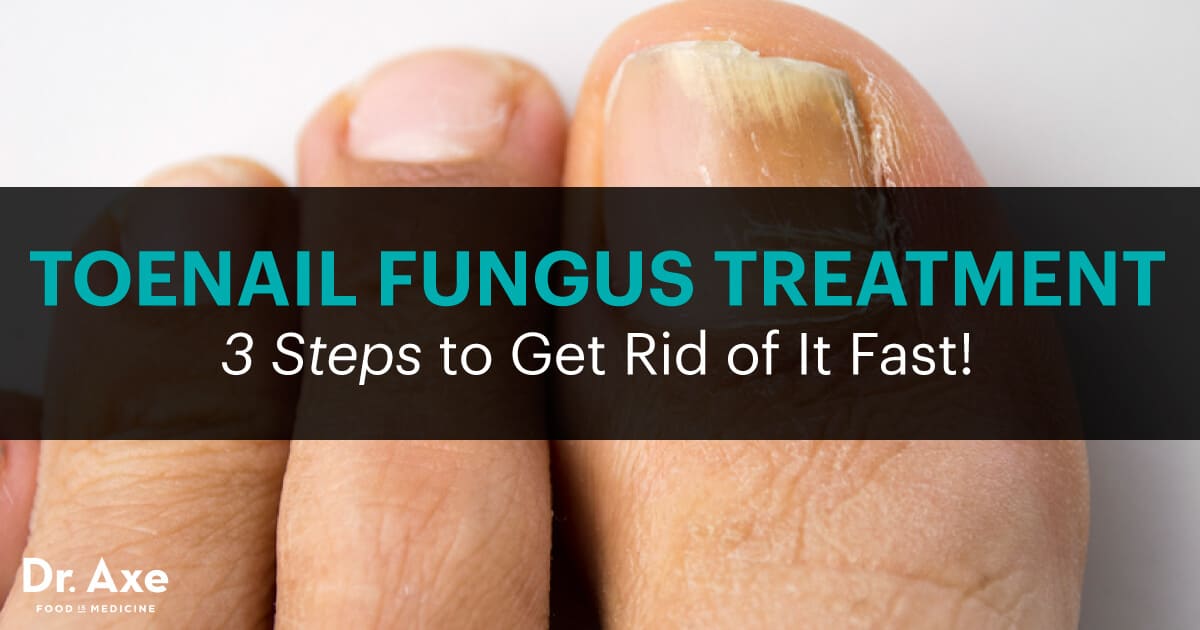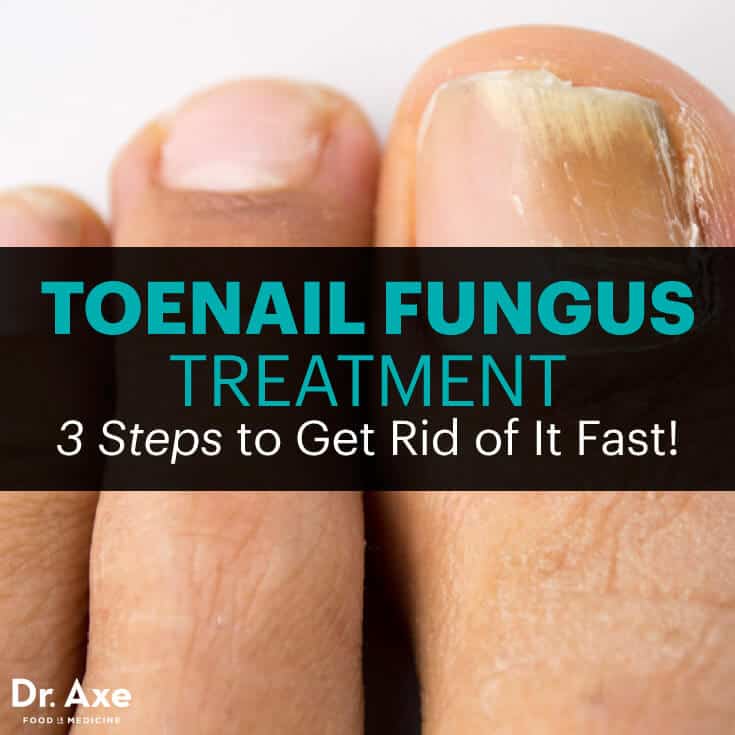Astronaut Toenail Fungus Cure
How can we safeguard astronauts from the pervasive threat of toenail fungus? The answer, surprisingly, lies in the depths of space and the microscopic world of fungi.
Nasa's relentless pursuit of solutions for the health and well-being of its astronauts has led them down a fascinating path, one that intersects with the often-overlooked realm of toenail fungus. This seemingly minor affliction, a common yet frequently embarrassing condition, can escalate into a significant issue, particularly in the confined and demanding environment of space. The agency is not merely seeking a cure but striving to understand the underlying mechanisms and develop preventative measures, turning to the world of extremophiles for answers.
To delve deeper into this fascinating subject, let's examine the research and the individuals at the forefront of this innovative approach. The exploration of fungi, their resilience, and their potential in medicine is crucial in understanding the countermeasures needed to protect astronauts' health.
| Category | Details |
|---|---|
| Research Focus | The impact of extreme environments, such as those on the International Space Station (ISS), on fungi like Aspergillus, and its potential for producing medicinal compounds. |
| Key Objectives |
|
| Methods |
|
| Potential Benefits |
|
| Related field |
|
| Relevant websites | NASA Official Website |
The world of fungi, often relegated to the shadows, is proving to be a treasure trove of potential. These organisms, classified as extremophiles, have demonstrated an astonishing ability to thrive in harsh environments, from the arid landscapes of deserts to the lightless depths of caves and even areas affected by nuclear accidents. This very resilience is what draws the attention of researchers; fungi, under stress, can produce valuable medicinal compounds.
In a bid to harness the power of these unique organisms, Nasa researchers, echoing the practices of medicine hunters of the past, are setting their sights on the International Space Station (ISS). The extreme conditions found on the ISS a combination of radiation exposure, microgravity, and the confines of the station itself are expected to induce a response in fungi like Aspergillus. The hope is that this stress will trigger the production of novel drugs, potentially offering solutions for various health challenges, including those encountered by astronauts.
At the same time, the agencys researchers are keen on discovering how to mitigate the harmful effects of radiation on astronauts. A deeper understanding of how radiation influences microorganisms could unlock new strategies and medications to protect astronauts from its deleterious effects. This understanding can also lead to innovative methods for shielding spacecraft and vital electronic equipment in space.
Toenail fungus, or onychomycosis, represents a common yet often overlooked issue, causing discomfort and embarrassment. Simple tasks like wearing sandals or enjoying foot-revealing activities can become sources of anxiety. Dermatologists like Scott Walter are now sharing practical home remedies to help combat this issue. These remedies offer a blend of accessible and effective treatments.
One remedy involves a blend of vinegar and Listerine soaks, combined with the application of Vicks VapoRub. The treatment must penetrate the nail and the nail bed to be effective. This approach can restore confidence and foot health. The importance of individualized treatment cannot be overstated; the length of the treatment is just one of several elements to consider. Not all treatments are appropriate for every individual.
For individuals seeking alternatives to medication, laser treatment offers another pathway. Several types of laser treatments exist, all aiming to heat the area and eradicate the fungus. However, potential side effects and long-term efficacy remain considerations. For severe cases, oral medications may also be prescribed, although these require periodic monitoring of liver function due to potential side effects.
The article "6 Natural Ways to Deal with Nail Fungus," from Prevention magazine, emphasizes that several natural treatments can combat toenail fungus. These treatments utilize readily available and affordable ingredients.
As researchers delve deeper into this field, they have discovered that the microbes responsible for biodeterioration are often types of fungi or bacteria that form biofilms. Biofilms are a threat in space because they feed on the surfaces they inhabit, a process known as biodegredation. Furthermore, biofilm formation can significantly increase the risk of human illness.
The unique nanotechnology solution for healthy nails and skin, Klearnails organic cinnamon, lavender, and tea tree oil extracts, is a noteworthy mention. These extracts aim to kill fungal spores, eradicate odors, and refresh the skin.
Regarding treatments, sets are available that combine creams to soften the nail and eliminate the fungus, with a spatula for scraping off the affected areas. Urea-based creams help soften the nail, facilitating treatment. The most crucial aspect of treating toenail fungus is that the regimen must be tailored. The duration of treatment is just one factor to consider, and not every remedy is right for everyone. Topical treatments often require a year or longer, ideally until the healthy nail fully grows in. Oral medications often have a shorter treatment duration.
In the face of this challenge, one might question, what do toenail fungus infections do to your toenails? The answer is that they can lead to several visible changes, including thickening, discoloration, and distortion of the nail. It's common to have fungus residing harmlessly on the skin, but it can multiply and cause an infection. The situation poses the question, how do we find good nail fungus products?
When dermatophytes are the cause of toenail fungus, the condition is termed tinea unguium. People of all ages can be affected, but those over 60 face a higher risk. Several factors can heighten the risk of acquiring toenail fungus. These include the wearing of artificial nails, having a history of athlete's foot, and having a family history of this condition. Nail injuries and issues like psoriasis or diabetes can also create vulnerabilities. Another key element is the practice of wearing damp socks or shoes.
Vinegar foot soaks are one of the most common home remedies. Vinegar, rich in acetic acid, can alter nail pH, providing an inhospitable environment for fungi and potentially killing fungal cells. While tea tree oil might aid in treating fingernail fungus, its effectiveness remains uncertain. Also, the use of tea tree oil could result in skin irritation or allergic reactions.
Toenail fungus is a persistent condition, and success depends on consistently applying the treatment. It is a contamination of the nail with fungus and is tough to cure. Podiatrist Alex Kor emphasizes this point. The process to cure toenail fungus can be slow, potentially taking several months to see full results, and may require periodic testing to monitor liver function, especially with oral medications.
In summary, this journey into the world of toenail fungus reveals the complex intersection of space exploration, medical research, and the persistent challenges of fungal infections. Nasa's efforts to protect astronauts from this common affliction may yield significant benefits for the general public, offering new insights and treatments for this frustrating condition.


